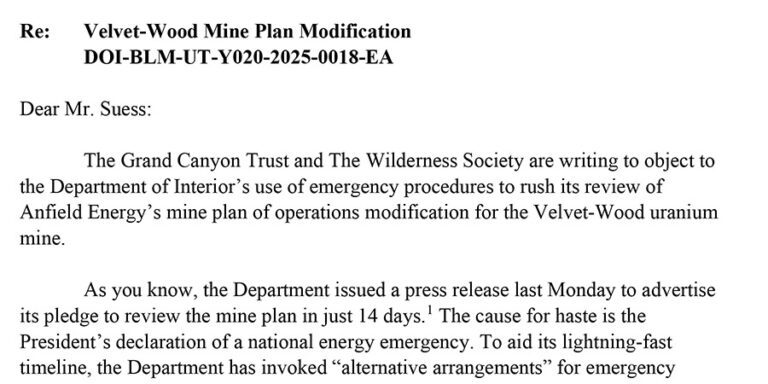Resource Issue: Uranium
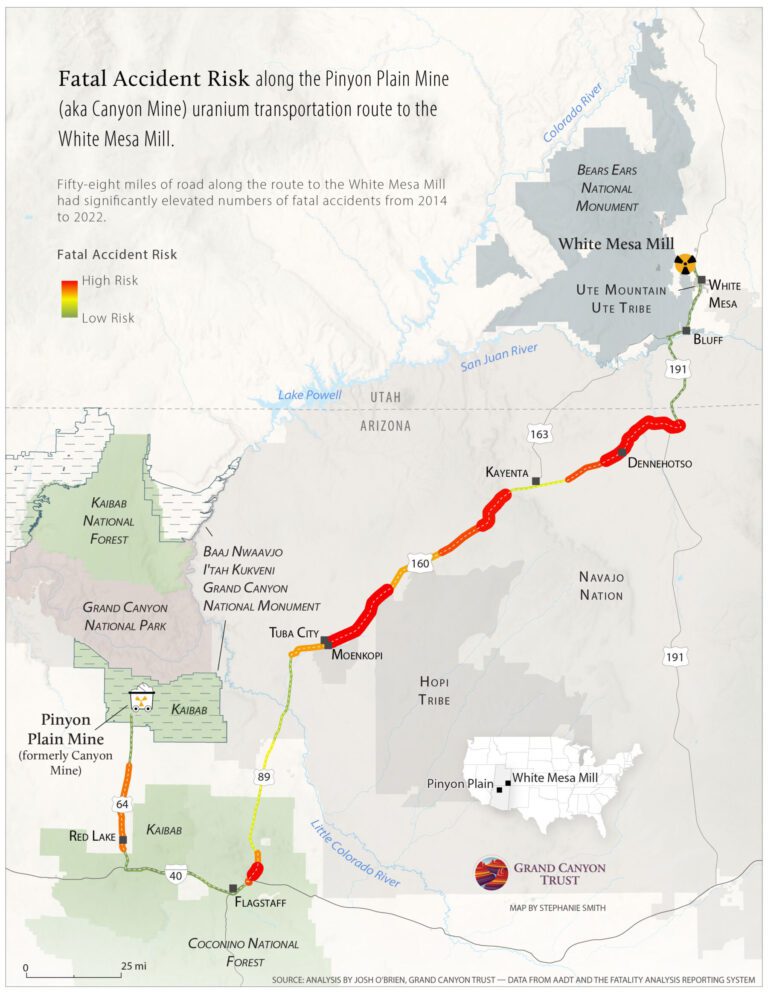
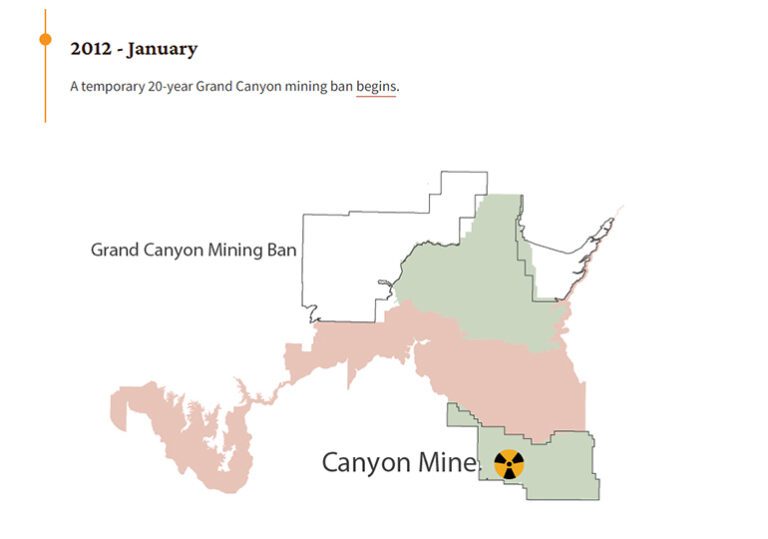
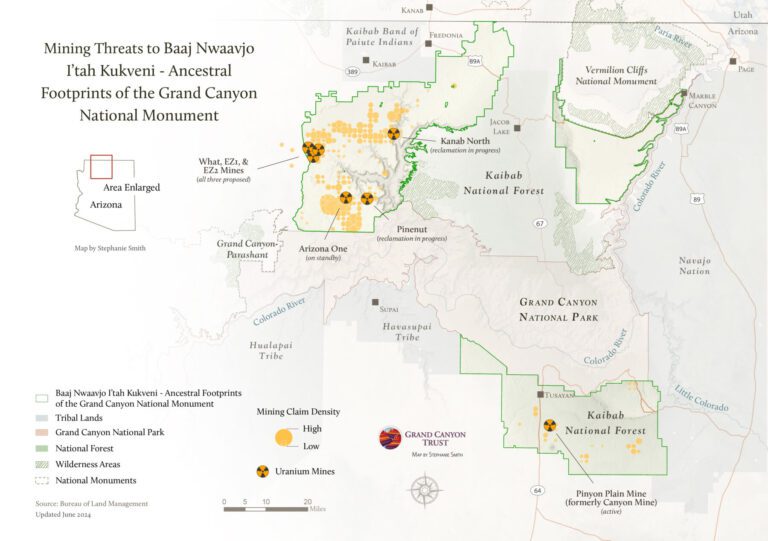
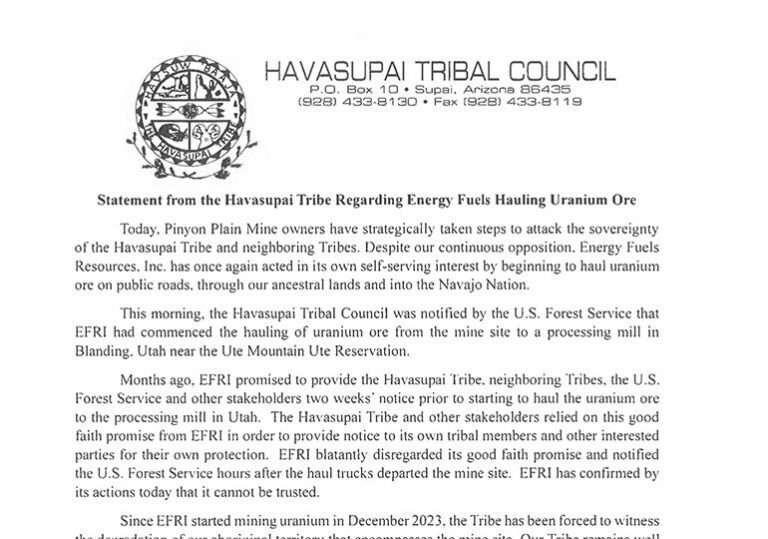
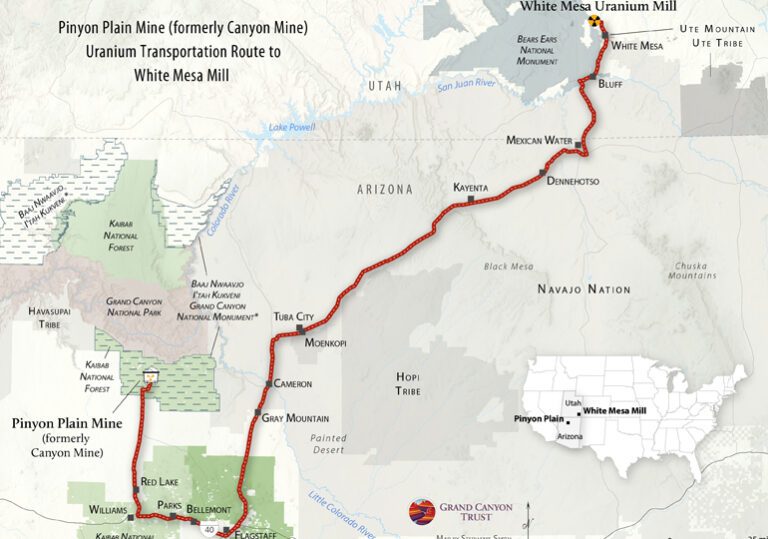
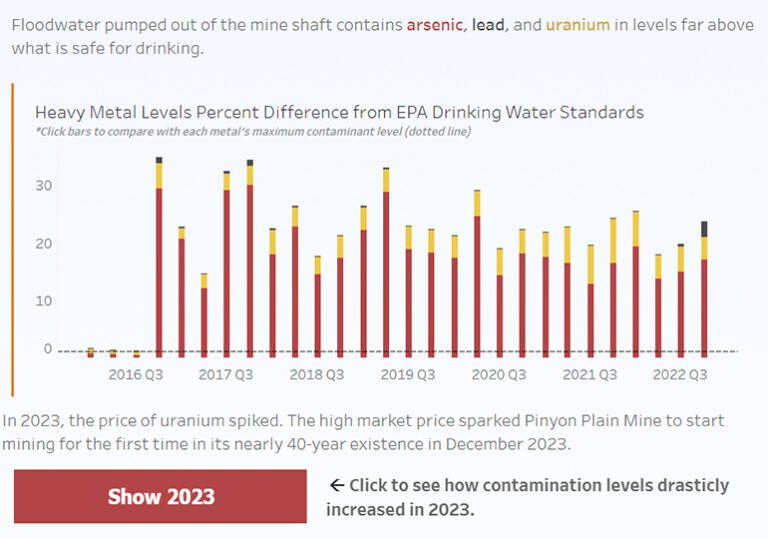
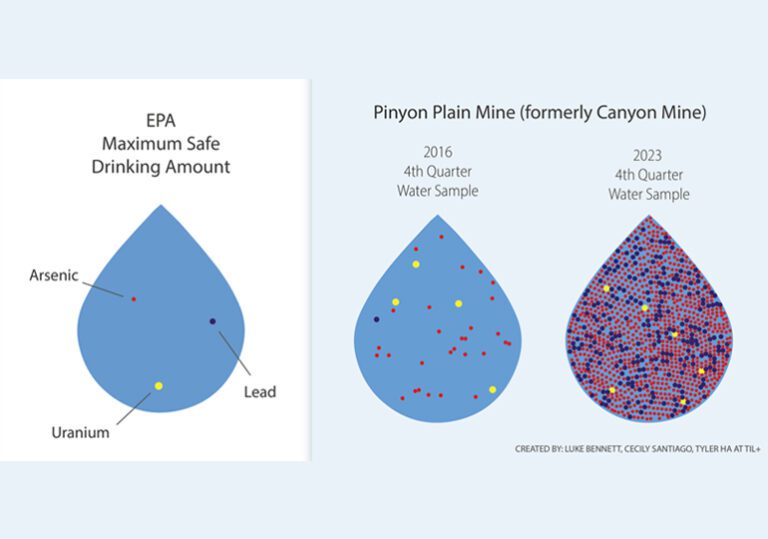
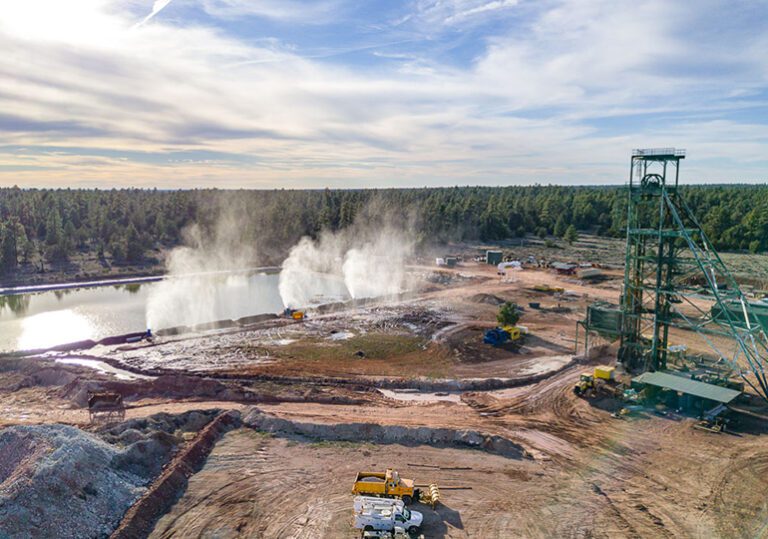
In late 2016, miners at Canyon Mine (subsequently renamed Pinyon Plain Mine) near Grand Canyon National Park pierced groundwater and water began rushing into the mine shaft. Since then, more than 66 million gallons of water containing high levels of heavy metals including uranium, arsenic, and lead have been pumped out of the mine into […]
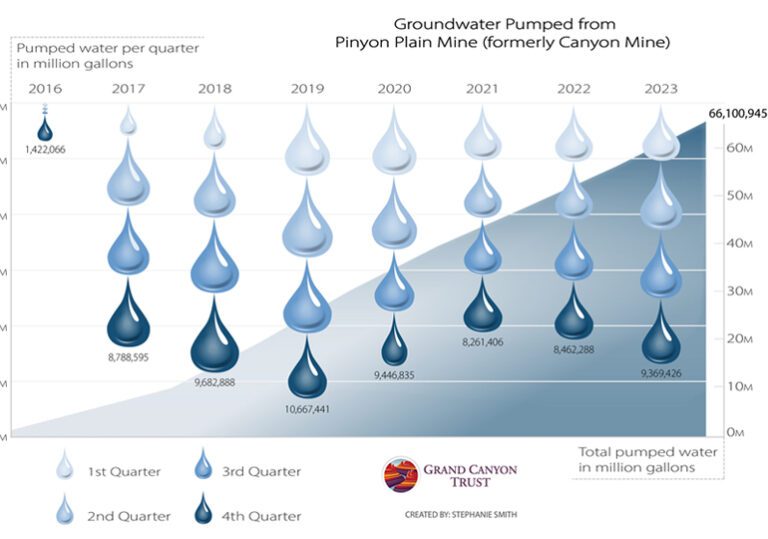
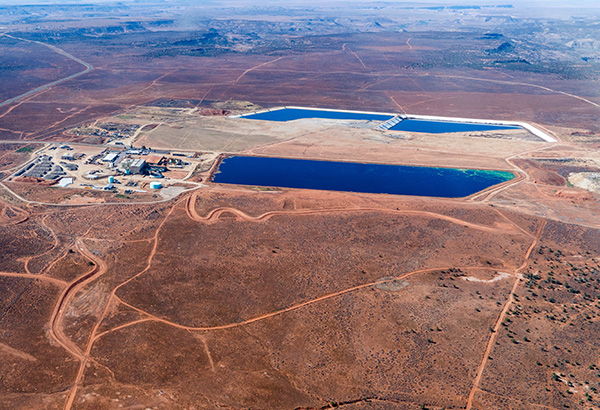
FOR IMMEDIATE RELEASE White Mesa, UT—Bills of lading recently uncovered in a shipping database reveal that Energy Fuels Resources imported more than 275,000 pounds of radioactive materials from the Japan Atomic Energy Agency. The materials appear to have been trucked to the company’s controversial White Mesa uranium mill, a mile from Bears Ears National Monument […]
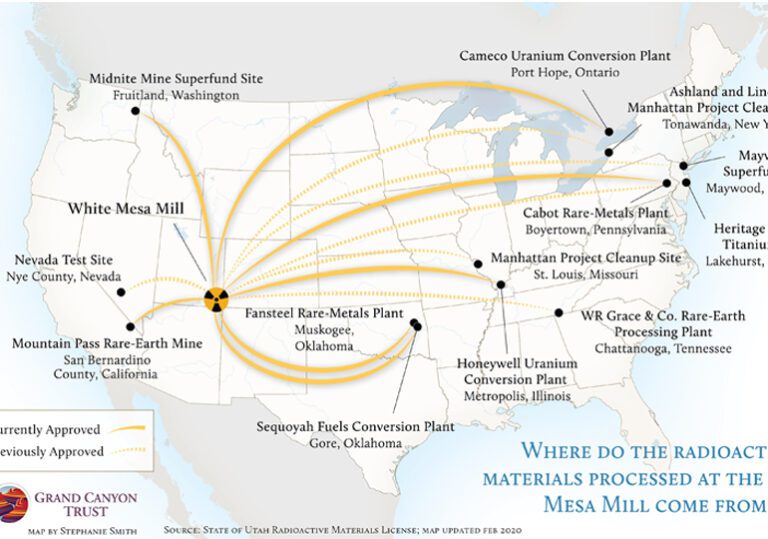
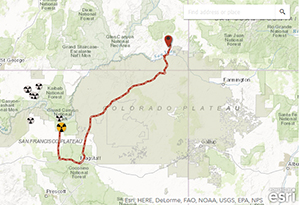
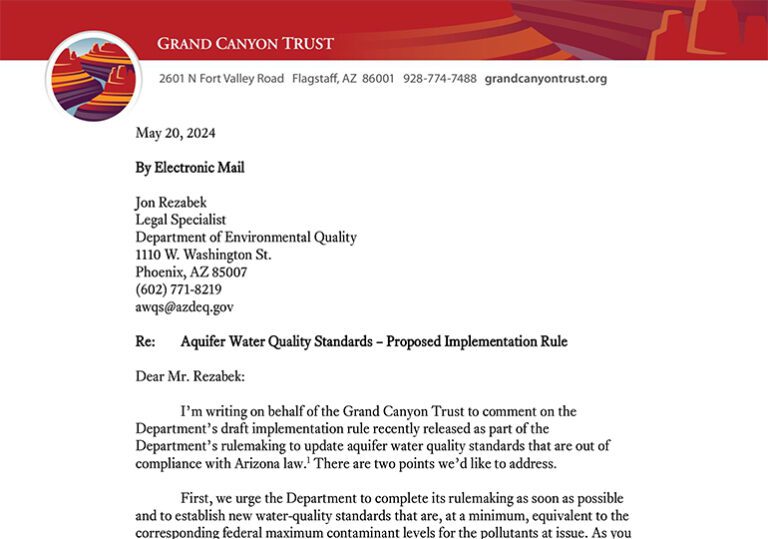
On May 20, 2024, the Grand Canyon Trust submitted comments on the Arizona Department of Environmental Quality’s proposed rulemaking to update aquifer water-quality standards that are out of compliance with Arizona law. As of that date, the state of Arizona had no aquifer water quality standard for uranium, for example. The Trust urged state regulators, […]
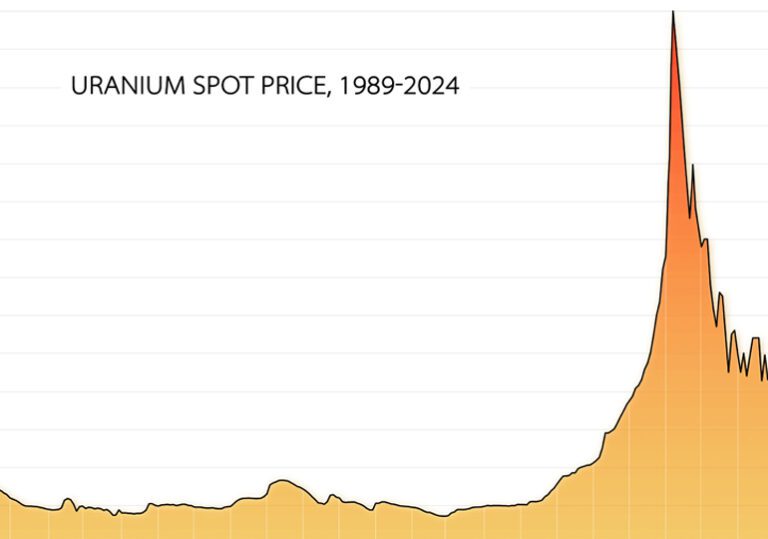
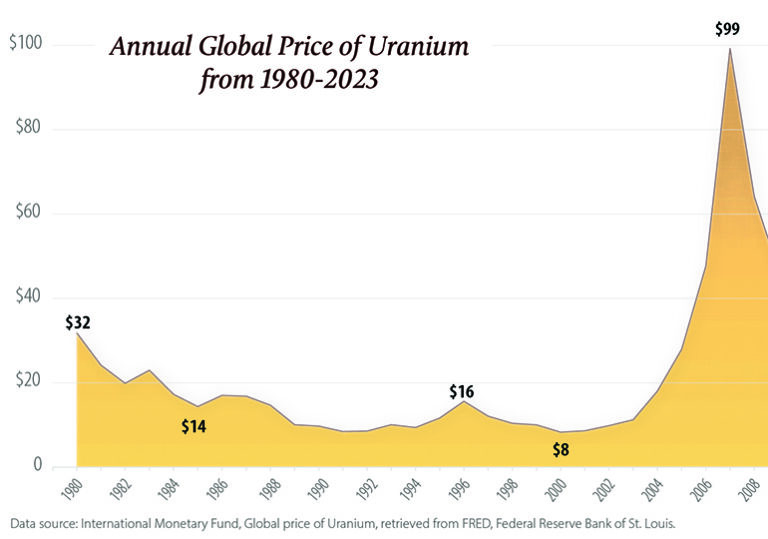
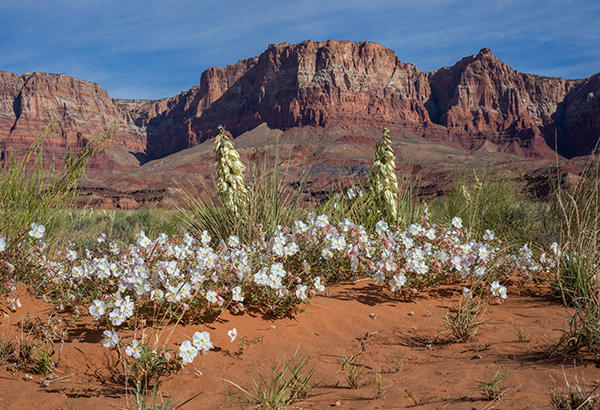
FOR IMMEDIATE RELEASE PHOENIX, AZ – Conservation groups filed a motion to intervene yesterday in defense of President Biden’s designation of Baaj Nwaavjo I’tah Kukveni – Ancestral Footprints of the Grand Canyon National Monument in Arizona. The Arizona legislature and others filed lawsuits in February attempting to overturn the monument designation and attacking the Antiquities […]
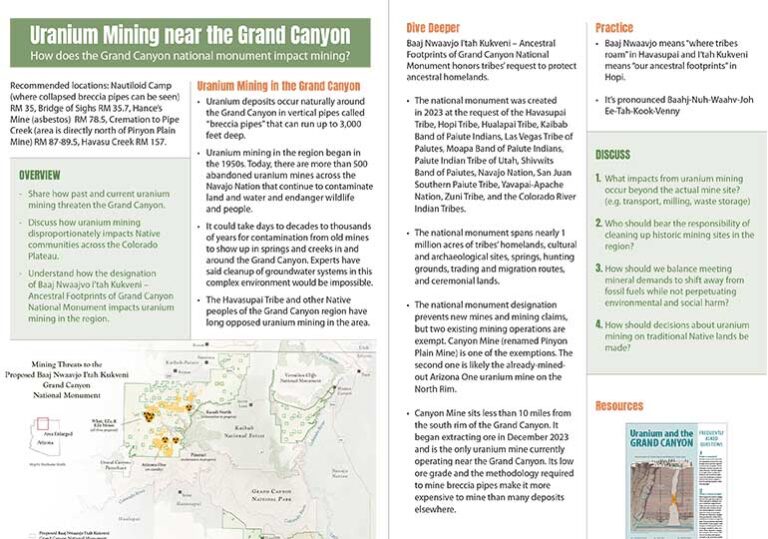
Learn about the history of uranium mining near the Grand Canyon and the extra protections that Baaj Nwaavjo I’tah Kukveni – Ancestral Footprints of the Grand Canyon National Monument brings to the region. Download the lesson plan › Download the PDF ›
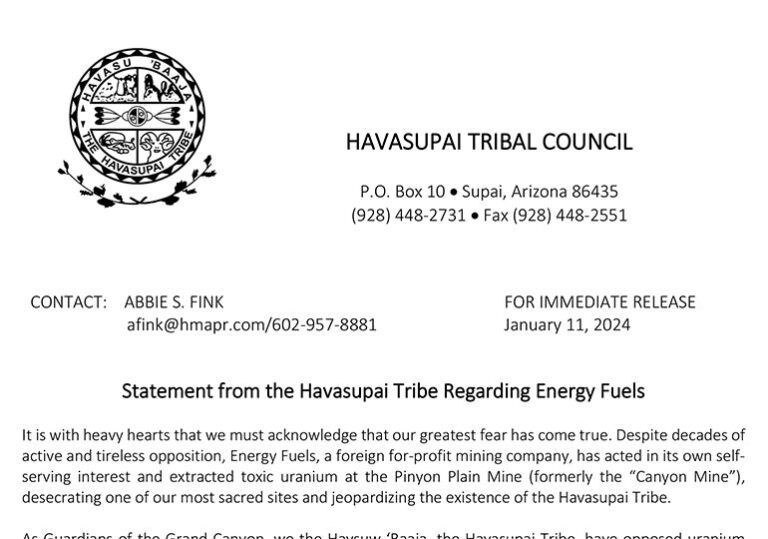
Canyon Mine (renamed Pinyon Plain Mine) started extracting uranium ore near the Grand Canyon in January 2024, nearly four decades after the mine, which now lies inside the boundaries of Baaj Nwaavjo I’tah Kukveni – Ancestral Footprints of the Grand Canyon National Monument first broke ground. Read the Havasupai Tribe’s statement opposing the mining company’s actions › […]
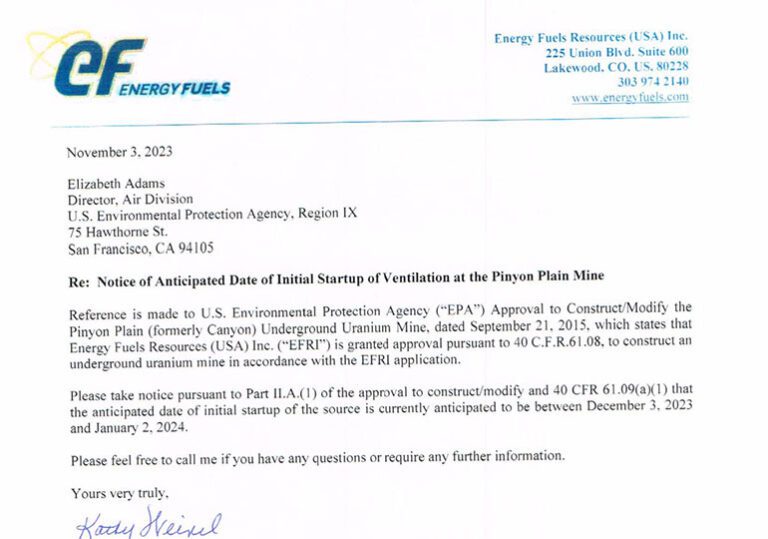
Energy Fuels Resources (USA), Inc. will start ventilation at Canyon Mine (now Pinyon Plain Mine) between December 3, 2023 and January 2, 2024. Ventilation is required for miners to work underground. Read the notice › Download the PDF ›
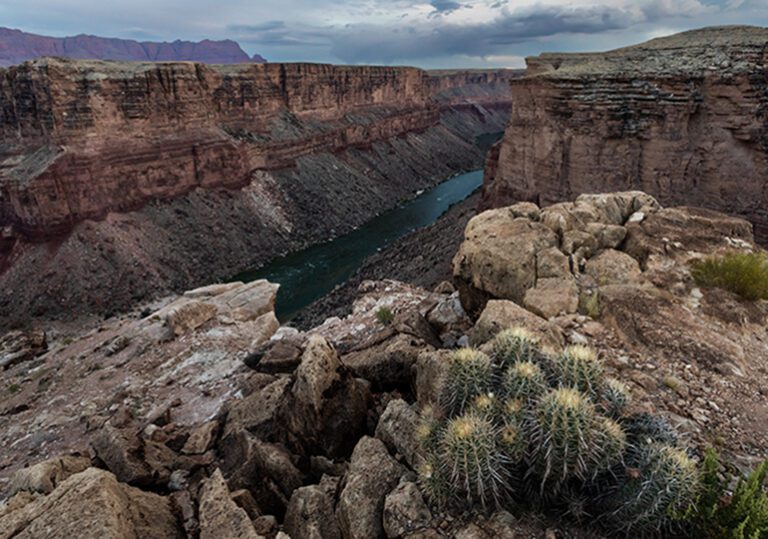
A June 2023 poll of Arizona voters found strong public support for designating existing public lands around the Grand Canyon as a national monument. A monument designation would protect precious water sources and ancestral homelands. View the findings › Download the PDF ›
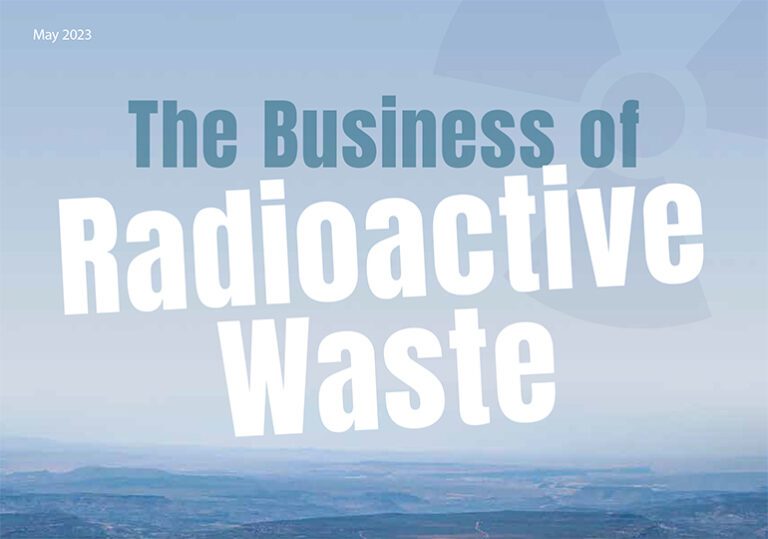
This report details how the White Mesa Mill, a conventional uranium mill in southeastern Utah a mile from Bears Ears National Monument, became America’s cheapest radioactive waste dump. By transforming its business model, the mill has turned into a commercial landfill for contaminated wastes, placing Utah’s clean air, water, environment, and people at risk and perpetuating […]

A 2022 poll of Arizona voters found strong public support for designating existing public lands around the Grand Canyon as a national monument. A monument designation would protect precious water sources and ancestral homelands. View the findings › Download the PDF ›

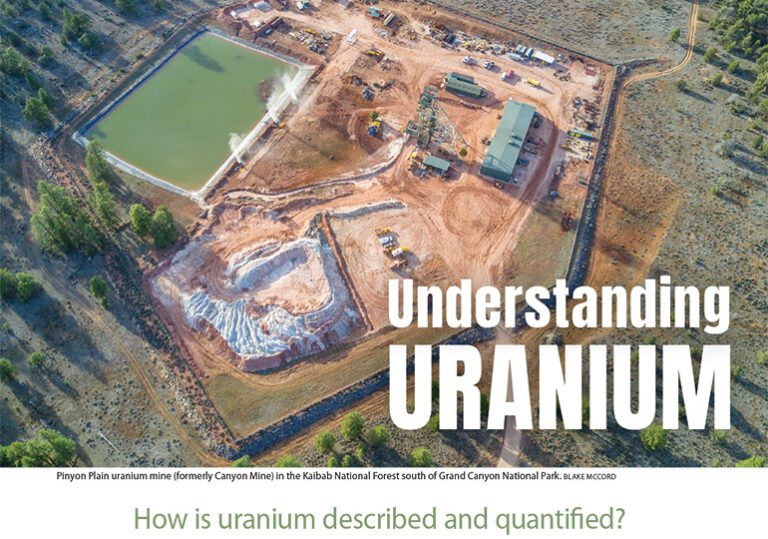
How is uranium measured and described? How much uranium is in the Grand Canyon region? How much uranium is found in the United States? Your questions, answered. Spoiler alert: The Grand Canyon region does not host a significant portion of domestic mineable uranium. Read the fact sheet › Download the six-page PDF ›
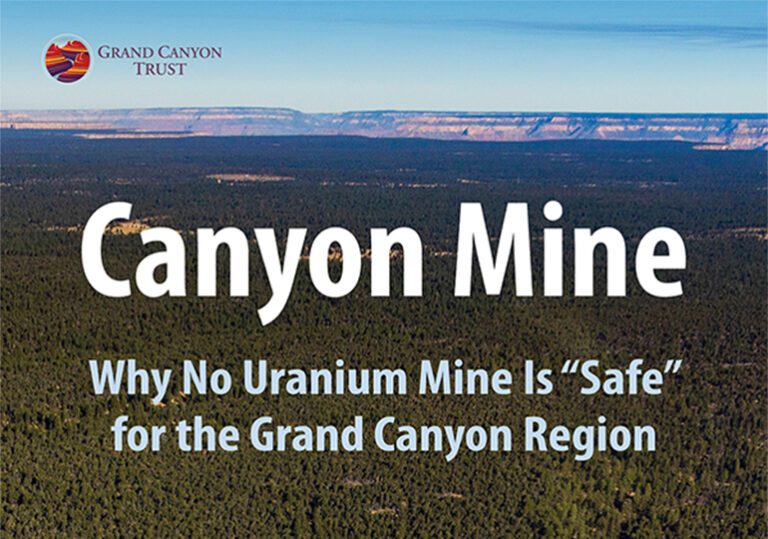
A report by Grand Canyon Trust Energy Program Director Amber Reimondo details a history of serious problems at Canyon uranium mine (renamed Pinyon Plain Mine in 2020), including flooding and spraying of water contaminated with high levels of uranium and arsenic on soil in a watershed that feeds seeps and springs within the Grand Canyon. […]
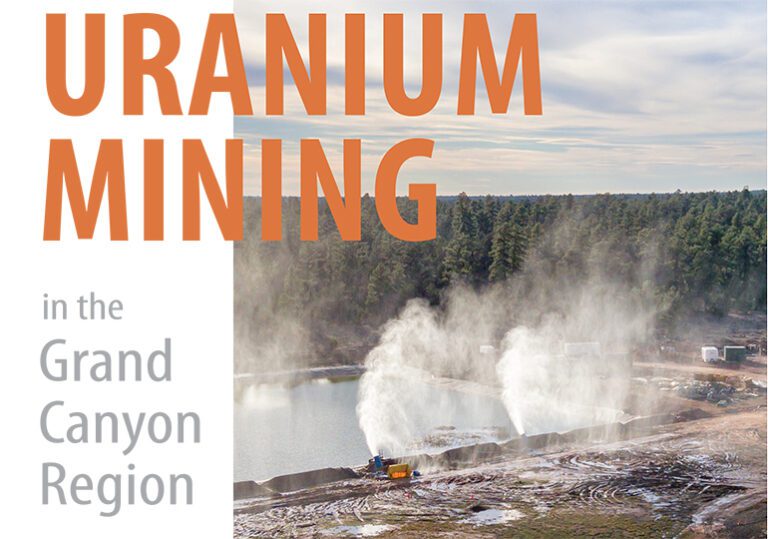
Read the “Uranium Mining in the Grand Canyon Region” report, prepared by Amber Reimondo, which details why northern Arizona and the Grand Canyon region benefit more from tourism and outdoor recreation than from uranium mining. Download the report
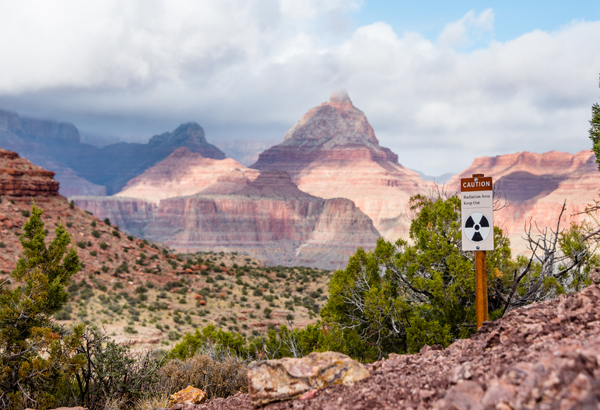
FOR IMMEDIATE RELEASE GRAND CANYON NATIONAL PARK, AZ – The Pinyon Plain Mine (formerly Canyon Mine) appears to be gearing up for uranium mining operations fewer than 10 miles from the south rim of the Grand Canyon. Hundreds more uranium mines could eventually be developed on federal public lands near Grand Canyon National Park if […]
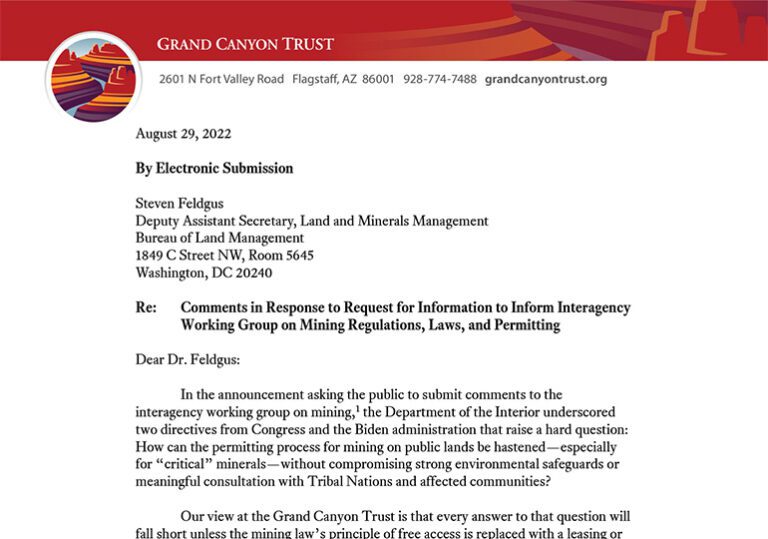
The Grand Canyon Trust submitted written comments to inform the Department of the Interior’s interagency working group on mining regulations, laws, and permitting. Read our comments › Download the PDF ›
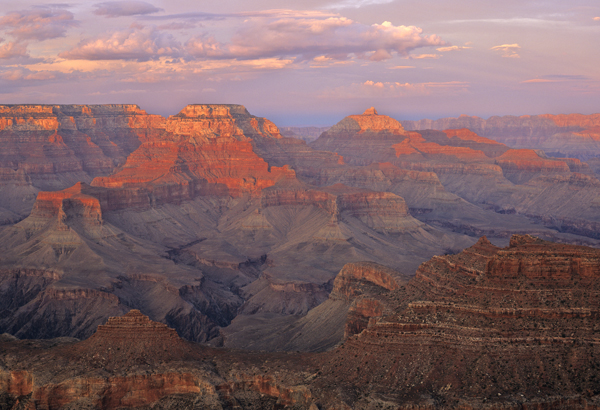
FOR IMMEDIATE RELEASE FLAGSTAFF, AZ — A new poll released yesterday shows a strong bipartisan desire among Arizona voters to make the current temporary ban on new uranium mining on public lands near Grand Canyon National Park permanent. The survey, conducted by independent polling and opinion research firm GQR, also found that voters support the […]

